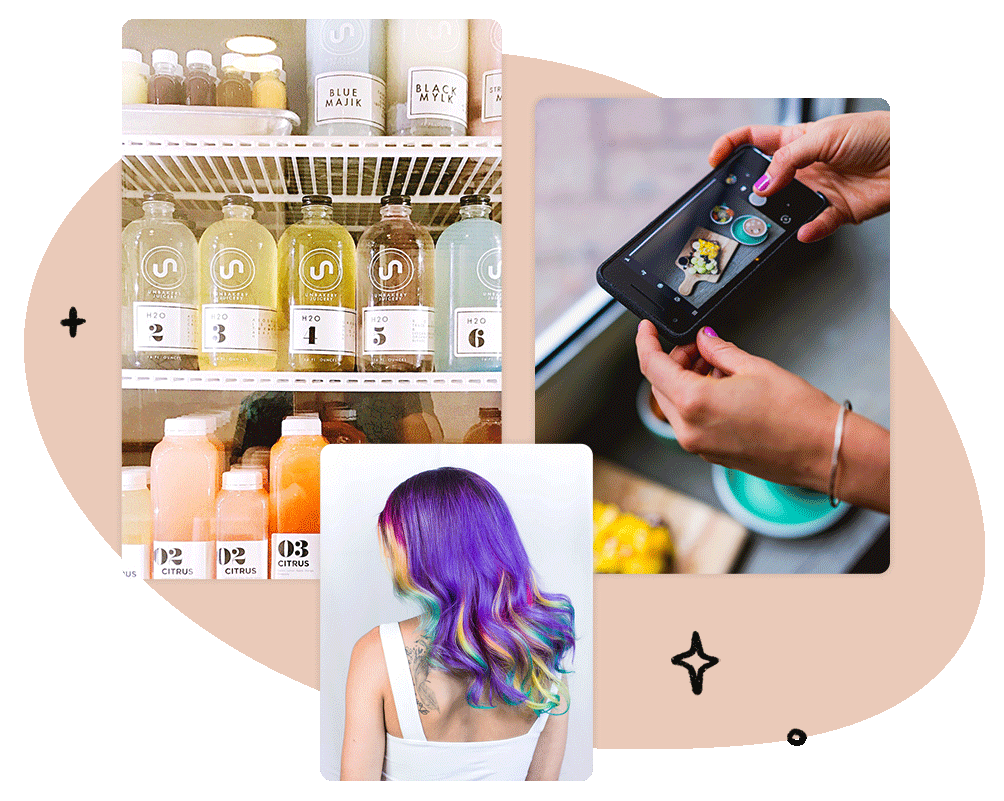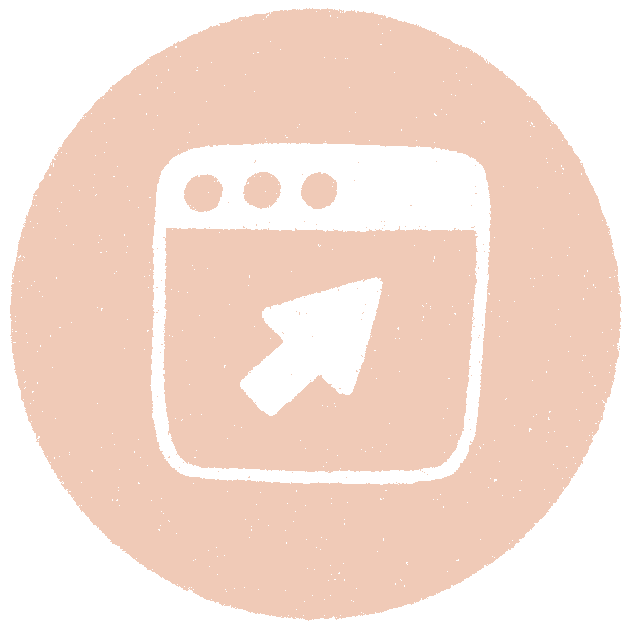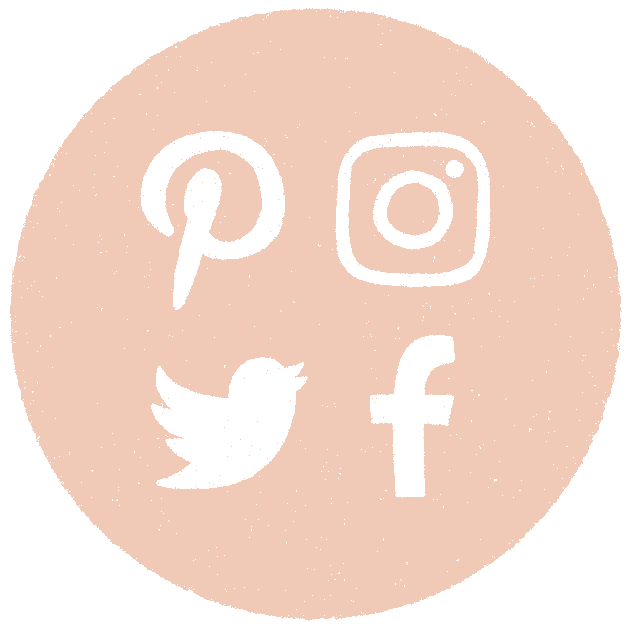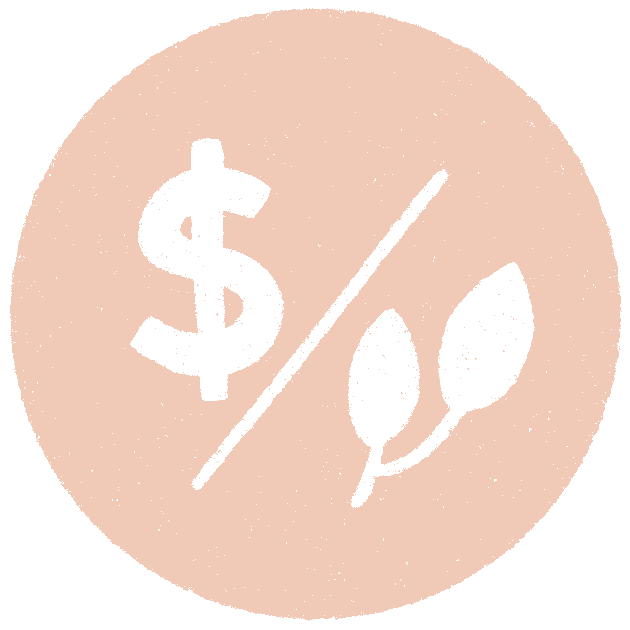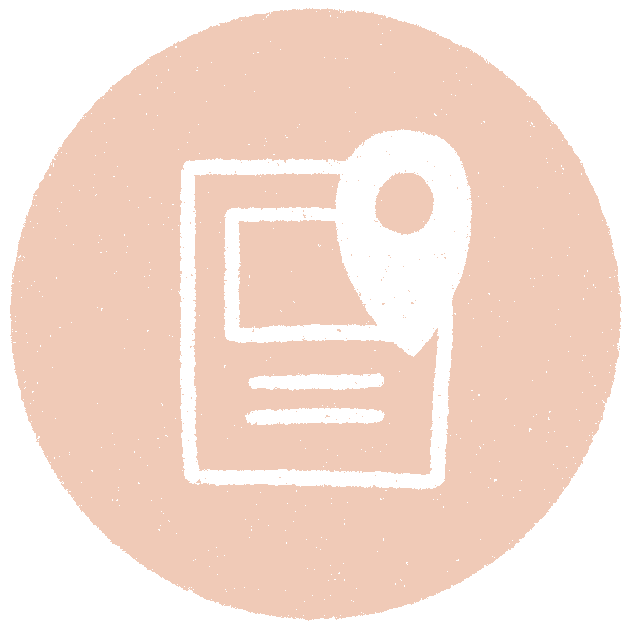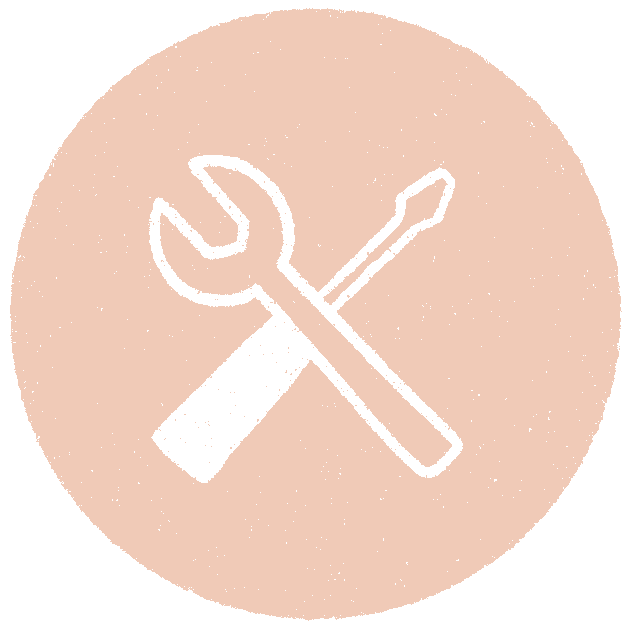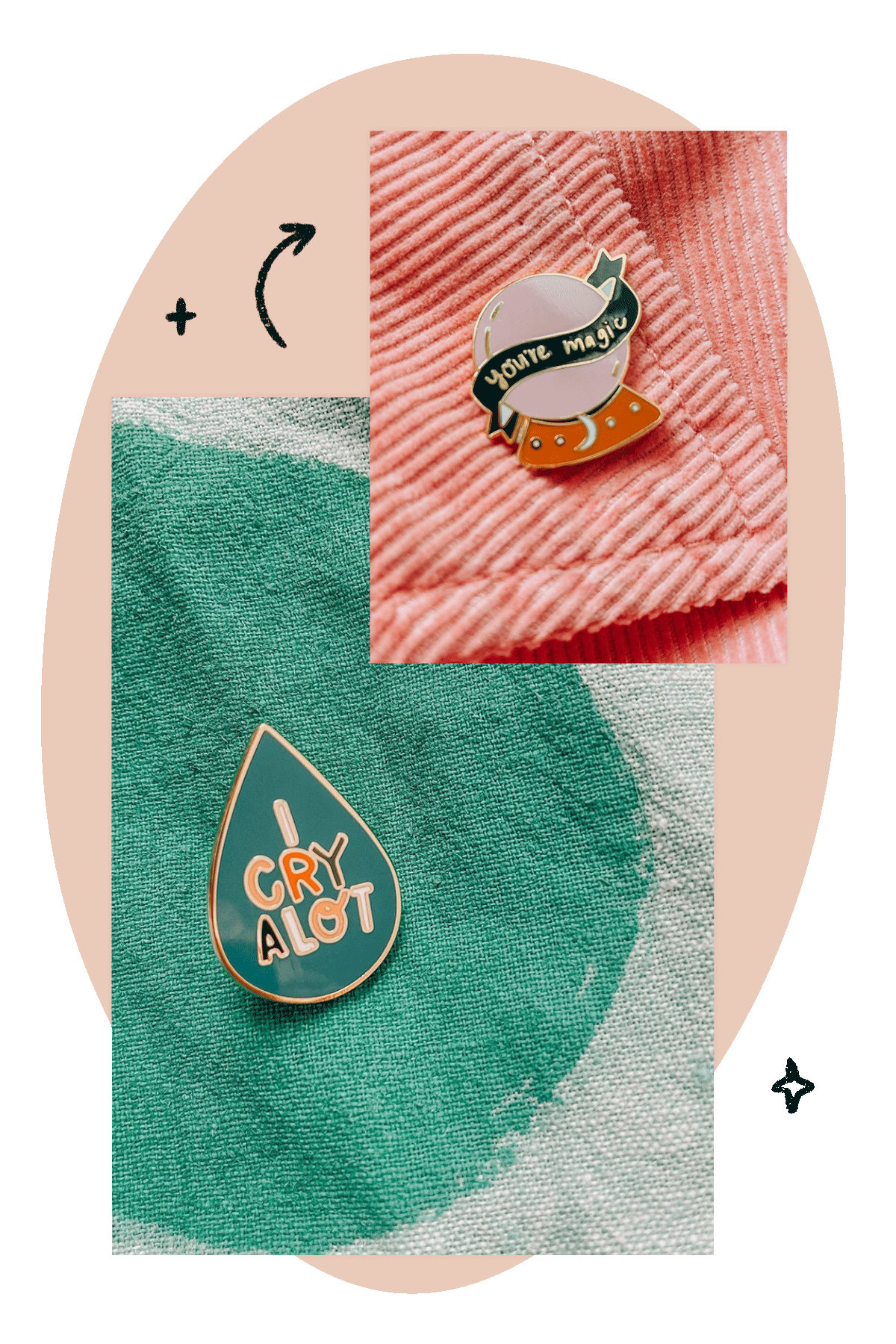What is Digital Marketing?
Marketing has come a long way. And due to the advancements in technology and social media, you're no longer limited to publishing marketing materials just through TV and print. You can create omnichannel marketing campaigns that speak directly to your target audience. More specifically, digital marketing is when you use the internet and online-based technologies to promote products or services. Digital marketing includes websites and blogs, search engine optimization (SEO), email newsletters, and of course, social media platforms.
The Importance of Digital Marketing
Unlike traditional marketing methods, digital marketing, sometimes also referred to as online marketing vastly expands a brand's reach and increases new customer potential. What is more, many digital marketing efforts are very cost-effective and even free. As people continue to use smartphones, tablets, and computers to consume digital media, conduct business, research, and shop, businesses have no choice but to participate in digital marketing strategies. The good thing is, it's not nearly as difficult to track ROI or as expensive as traditional marketing.
